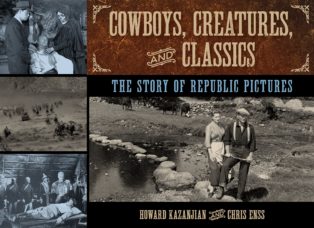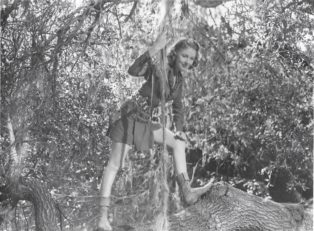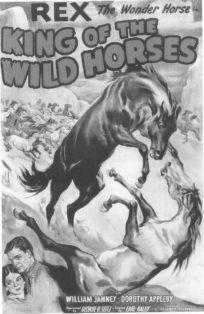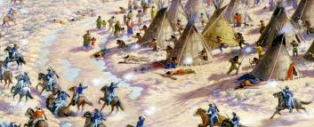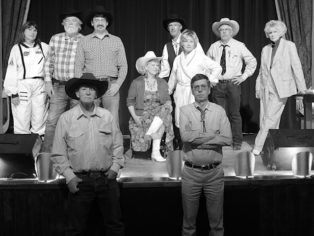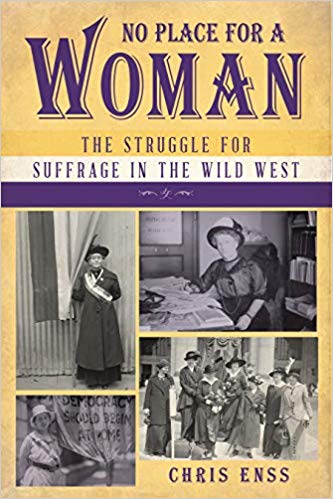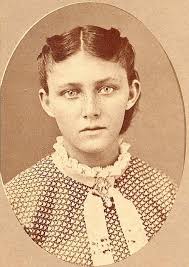Enter now to win a copy of
Cowboys, Creatures and Classics: The Story of Republic Pictures
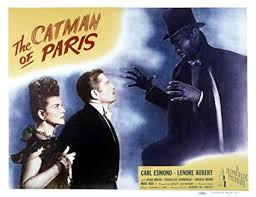
In April 1946, thrill seekers were looking forward to the release of The Catman of Paris. The gruesome mystery melodrama involved a man suffering from a loss of memory who was accused of being a feline killer operating in Paris.
The tagline read: “Walks like a man. Attacks like a cat. Who is the Catman of Paris.” The plot involved author Charles Regnier returning to 1896 Paris after exotic travels, having written a best seller that the Ministry of Justice would like to ban. That very night, an official is killed on the dark streets . . . clawed to death! The prefect of police suspects a type of cat, but Inspector Severen thinks there is nothing supernatural about the crime and thinks Regnier is responsible for the murder. Regnier denies he had anything to do with the crime but begins to doubt himself when he has a hallucinatory blackout during a second killing.
Vienna-born stage actor Carl Esmond played the troubled author Regnier. Lenore Aubert, the female lead in the movie, was also from Vienna. The press packet Republic Pictures circulated to theaters and media across the country contained plenty of information about the film as well as background information about the picture’s stars. Aubert’s story of how she made it from Vienna to Hollywood could have been a movie on its own.
According to the November 8, 1946, edition of the Mount Carmel Item, the actress had just finished making her third movie when the Nazis occupied her homeland. She and her mother fled to France where they hoped to begin a new life. There she continued studying and acting for a year until the downfall of Paris.
“The experience Miss Aubert underwent in getting from France, through Portugal, to Spain would alone defeat most people,” the Mount Carmel Item article read. “However, Miss Aubert realized her one hope for happiness could be found in America. After six months of ceaseless efforts, she was able to get a priority on a Portuguese boat.”
Critics were complimentary of Aubert’s performance and the film itself, calling both “satisfying” and “entertaining.”
Chills, thrills, suspense, and murder awaited moviegoers who dared to see Valley of the Zombies starring Republic’s contract players Robert Livingston and Lorna Gray. Debuting in May 1946, the film was about a prominent brain surgeon who is killed; law enforcement suspects the culprit was his associate Dr. Terry Evans. Doctor Evans and his sweetheart nurse embark on a quest to prove his innocence. In trying to clear himself, the doctor and his girlfriend visit hospitals, morgues, embalming establishments, and an eerie estate where a few more murders have been committed for good measure. While searching the estate, the doctor and nurse happen onto a gruesome figure that is a zombie. The zombie’s condition can only be reversed with large quantities of blood. The caretaker of the undead individuals traverse the woods and mental hospitals at night looking for unwilling blood donors.
Directed by Philip Ford, nephew of award-winning western director John Ford, Valley of the Zombies was void of any valleys and, apart from one undead creature, any zombies. It was a picture that was produced quickly to cash in on the zombie craze.
